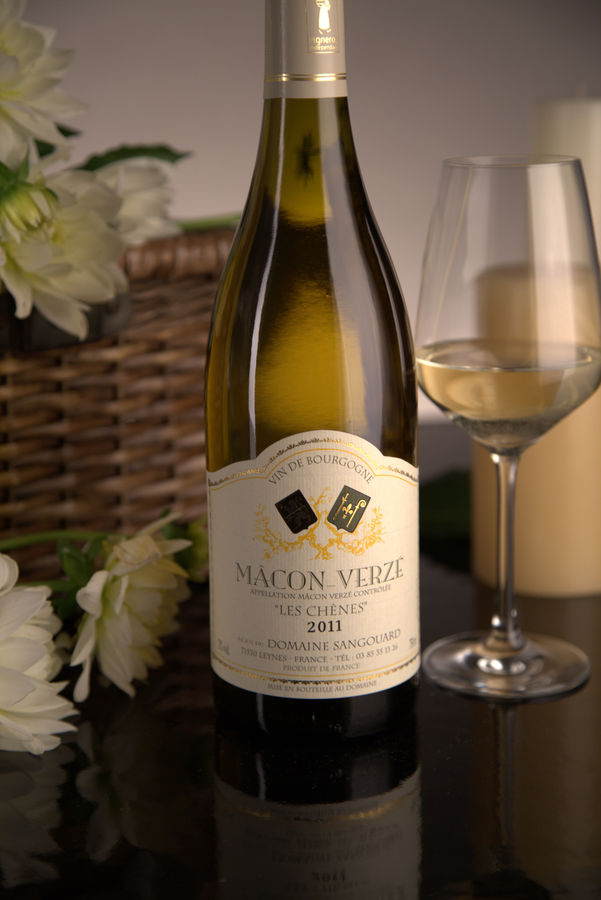Mâcon
Capital of Southern Burgundy, Mâcon sits on the right bank of the Saône, which in this part forms a natural divide between clayish floodplains to the East — ideal for vegetable growing — and gently sloping limestone hillsides to the west — ideal for wine growing.
The Mâcon appellation encompasses 11 neighboring towns, all east of the Saône. The Village appellation allows the towns to add their names to Mâcon — such as “Mâcon-Verzé”.
The village wines tend to be higher quality than the more standard “Mâcon AC” or “Mâcon Supérieur” wines.
Mâcon wines are simple and enjoyable.
Whites are light and dry, with floral but nutty facets. They are great with savory appetizers — chips, crackers, peanuts, olives, etc. They also work well with grilled fish, antipasto, and mixed salads with onions.
Reds are light- to medium-bodied and fruity. They pair best with light meat dishes.
| Planted Grapes | Pinot Noir & Gamay (30%), Chardonnay (70%) |
| Production Area | Red: 3,000 acres White: 7,000 acres |
| Soil | Clay limestone, rocks |
| Wine Flavor | Red: Light to medium. Fruity. |
| White: Light and dry, floral but nutty facets. | |
| Age | Red: 2-5 years |
| White: 2-3 years | |
| Best Vintages | 2011, 2010, 2009, 2006, 2005, 2003 |
| Food Pairings | Red: light meats |
| White: Salty appetizers, ie chips, crackers, peanuts, olives. Also grilled fish, antipasto, and mixed salads with onions. |

